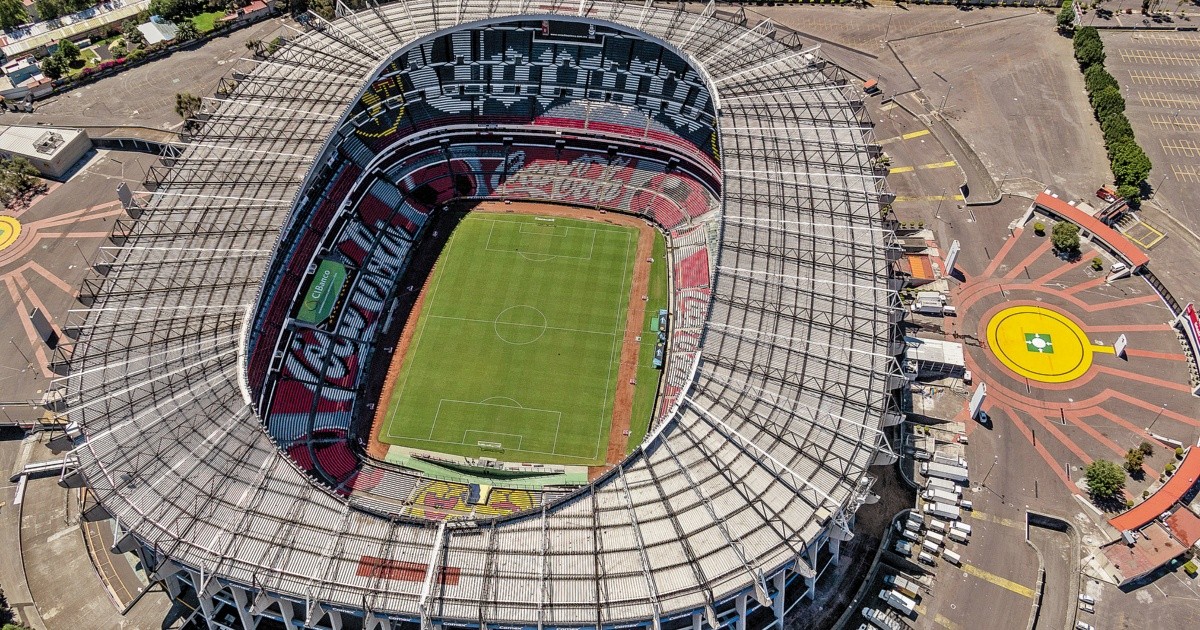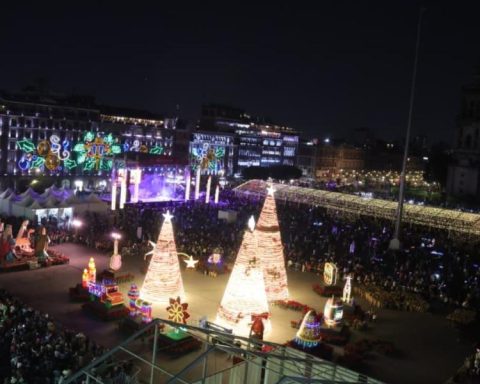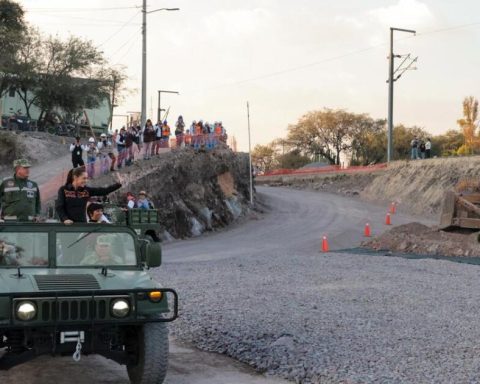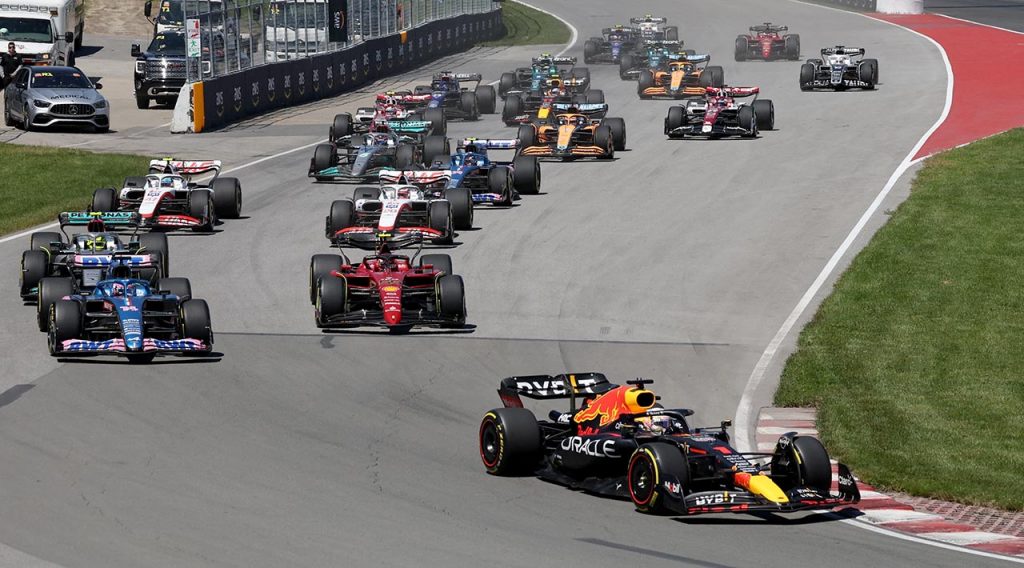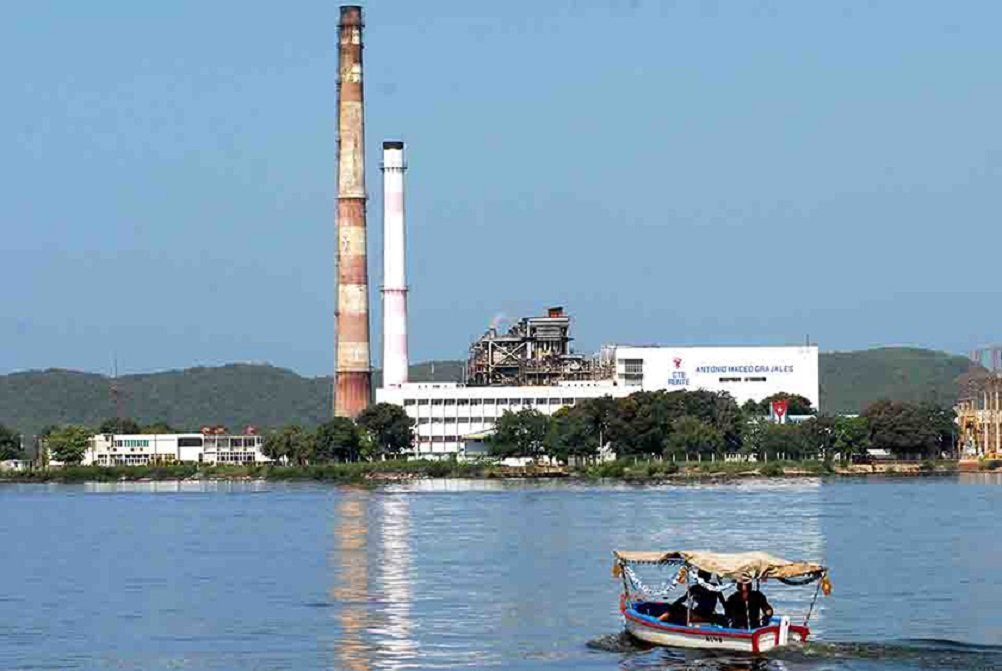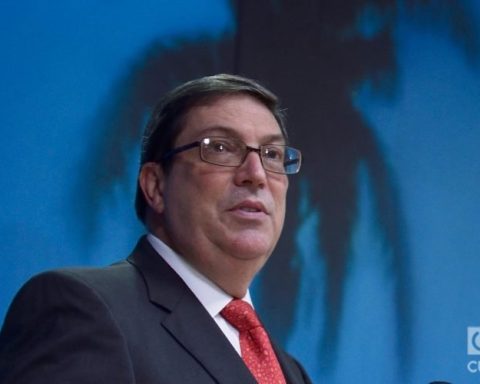This week, the International Federation of Football Associations (FIFA) confirmed the venues for the fair world cup from 2026which will be held in three countries: Mexico, Canada and the United States, to receive for the first time 48 nations that will play 80 games in 16 different cities.
Mexico will host through three stadiums located in Mexico City, Guadalajara and Monterrey, so here we tell you about its history and design.
Azteca Stadium: Mexico City
He also called “Colossus of Santa Ursula” Due to its location, it is the most experienced of the three Mexican locations in what corresponds to being world cupbecause in 1970 and 1986 it hosted Cup matches world FIFA, but also witnessed sporting disputes in the 1968 Olympics.
Inaugurated on May 29, 1966, the design of this stadium was in charge of the architects Pedro Ramírez Vázquez and Rafael Mijares, with two main objectives: to allow the visibility of all the attendees and to have a differentiating cantilevered roof that would protect the tribune of the sun or the rain.
The project was conceived by businessman Emilio Azcárraga Milmo, who, after acquiring Club de Futbol América FC 1959, planned the following year the building of a stadium with characteristics world cup to officially apply for the seat of the world from 1970.
Thus, in 1962 the construction began of the stadium that concluded its work in May 1966.
Data sheet
· 100,000 tons of concrete used for its building.
· 1,200 tons of rolled steel for its cantilevered roof.
· 320 LED technology lights.
· 55 kilometers is the length of the stands in total.
· 7,174 general parking spaces.
· 800 boxes.
· 83,264 total capacity (114,000 spectators originally).
Source: Estadioazteca.com.mx
Akron Stadium: Guadalajara, Jalisco
The Akron stadium in Guadalajara, originally called Omnilife, is a venue conceived by businessman Jorge Vergara and was inaugurated on July 30, 2010 in a match between Club Deportivo Guadalajara and Manchester United.
Despite its “young age”, it has been the venue for international matches such as the Copa Libertadores, as well as elimination matches for the FIFA World Cup in the U-17 category.
Designed by the Frenchman Jean Marie Massaud and the Romanian Daniel Pouzet, the Akron stadium seeks to take advantage of natural resources such as solar energy, have a lawn system suitable for the metropolitan conditions of its location, as well as a 21,600-square-meter perimeter embankment. natural grass that surrounds the stadium to mitigate the high temperatures of the Bajío.
Although its functionality is designed for sporting events, due to its common space areas, the stadium has a set of places available to be rented for private events such as banquets, photo sessions, private parties, even other massive ones such as concerts, exhibitions. and racing.
Data sheet
- 46,355 total capacity.
- 5,000 parking spaces.
- 208 seats for people with disabilities.
- 9 elevators, 3 forklifts and 6 common elevators.
- 3,350 square meters of exterior esplanade for events.
- 667 square meters of multi-room to accommodate up to 600 people.
- 80 meters wide access area.
- Source: Estadioakron.mx
BBVA Stadium: Monterrey, Nuevo Leon
The youngest of the three Mexican venues is the BBVA Stadium, which although it took some four years to complete its process of buildingit was since 2008 when the modernization project of the headquarters of the Monterrey Soccer Club was announced, to finally be inaugurated on August 2, 2015.
Among the challenges to this work by the architect David Lizarraga were issues such as the delay in the environmental permits granted by Semarnat, until the transfer of the land for the stadium, approved by the Congress of Nuevo León.
Thus, with an approximate investment of 200 million dollars between the local team and the company Fomento Economico Mexicano (Femsa), which financially rescued the team since 1999, the stadium built on an area of more than 245,000 square meters, to one side of the Bosque La Pastora, today is consolidated as one of the most modern sports facilities in the country.
Data sheet
- 51,000 total capacity spectators.
- 106,265 square meters of building total.
- 6,300 tons of steel used throughout the building.
- 54,000 square meters of aluminum structure for the stadium roof.
- 900 screens for information and attention to visitors.
- Two pitch screens 8.40 meters long and 19 meters wide.
Source: Rayados.com/Noticias and Estadio-BBVA.mx
